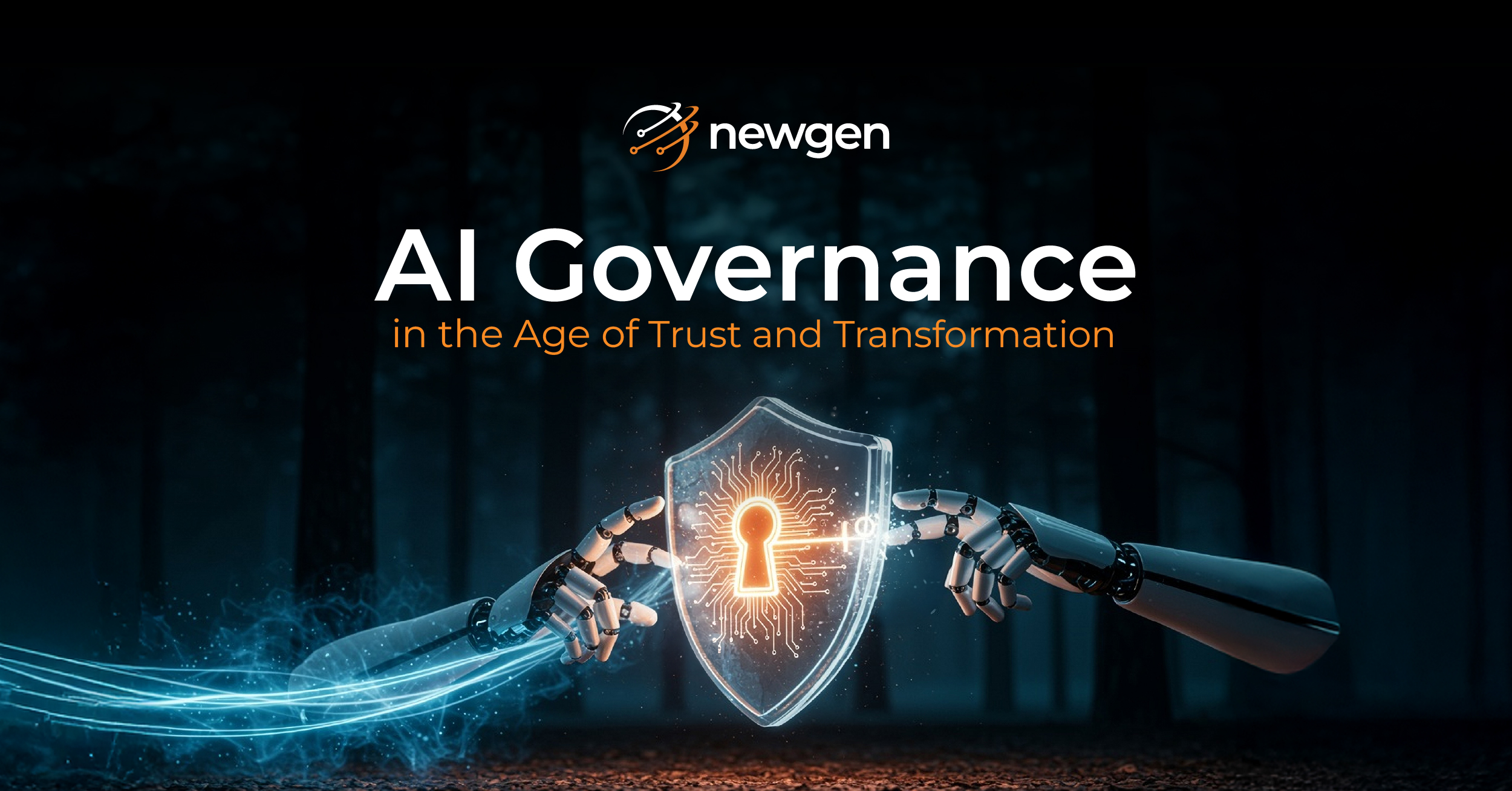Need for a Configurable Unified Platform for exploiting digital revenue opportunities
The Digital Transformation wave has touched every aspect of digital banking activities, be it customer facing or back-end processing. How strategically a bank leverages technology for catering its portfolio of products will be the deciding factor in its survival.
Traditional bank offerings like account opening solutions, lending solutions to small businesses and corporates have undergone mammoth transformations. Every customer is unique. To cater to them, you need to empower knowledge workers with the right tools for accomplishing their tasks. And, not just that, you need a long term solution that can keep you on the cutting edge of digital advancement and at the same time be flexible enough to accommodate future requirements, be it scaling up or launching a new revenue opportunity. In order to make that impact, you Need a Configurable Unified Platform!
Here’s a 5-point approach for CIOs to up the Digital ROI
1. Automate and Scale
Automation is the key to scale. However, only automating bits and pieces of processes doesn’t yield the intended results, obviously. The critical piece that enables sustainable growth is process automation with straight-through integration to underlying systems and applications.
Connect is the key here. A great customer-centric process relies on orchestration of workflow, structured data and unstructured content, and integration with sources of record. A great process platform needs to also have integrated business rules management system and seamlessly integrated content management system. A well-automated process through a unified lending platform frees up knowledge workers to focus on important decisions. Relationship Managers can focus on serving customers and up-selling / cross-selling. Loan officers can focus on high value credit transactions. Credit heads can focus on innovative products and offerings that can truly expand and scale business.
2. Fix broken processes and Unify
A broken process cannot deliver great customer experience. Various departments work in silos and still stuck in paper intensive environments, cause errors and inefficiencies. Lack of integrated processes, including multiple data entry or “touch” points, affects data quality, revenue, cost, risk, information, and capital deployment by introducing several potential points of failure along process timelines.
One way that CIOs can look at addressing the broken process experience is to look at the set of applications in various functions and areas, and rationalize it. Many of these applications are replaceable with a more standard set over time. A more consistent set of applications are easier to integrate with a process orchestration layer on top. Banks need to build a process framework that would deliver a seamless experience across products and offerings.
3. Modernize Legacy Systems
The inherent limitations of legacy systems makes it difficult for banks to cope with data volumes, regulatory changes and customer expectations. However, these legacy systems still add their own value in the process. A platform that leverages the strengths of underlying legacy while keeping the process modern is needed.
CIOs can bolt a configurable process platform with legacy. A well designed process platform ensures seamless integration between legacy systems and other disparate applications, without needing to overhaul the entire system. The process platform provides the new digital flavor to lending operations, while underlying legacy platforms can continue to provide value. Tight integration based on open architecture enables the banks to extend the life of existing core legacy systems while keeping ongoing operating costs low, upholding customer service and complying with regulations.
4. Replicate and Standardize Processes
A process that is compliant to regulations and tight in control requires repeatability and standardization. Enforcement of standard processes and policies is critical to success especially in lending business due to the ongoing risk management and regulatory pressures, and not to mention, the ever changing customer requirements.
Process platform enables end-to-end process lifecycle management capability from modeling, to implementation, to deployment, to execution, to monitoring and optimization. A modeling environment enables standardization of business processes and policies. CIOs need to ensure workflow automation, with automated routing and decision policies which ensures repeatability and consistency of processes. Apart from compliance benefits, standardization also improves foreseeability and tighter process control. Standardized reporting and straight-through data integration through open standards enable better collaboration within organization as well as with external parties and agencies. Combination of standard processes, automated workflows, straight-through integrated systems results in 100% traceability and auditability. Additionally, ability to tune processes based on regulatory changes also contributes to better compliance.
5. Invest in a one-time adaptable flexible solution
In the rapidly changing business environment, banks need to adapt to changes quickly to differentiate themselves from their competitors. Banks need to be pro-actively ahead in the creation of business opportunities. In their effort to increase their product portfolio, banks have ended up with layers of disjointed lending systems and subsystems over time and escalated costs. And, most of these are redundant replicated systems due to inflexibility and limited scalability associated with these applications and point solutions.
What CIOs need to consider is a configurable solution that allows quick changes to processes and easily adapt to meet market needs, enabling quick adaption to changes in policies (in the form of business rules and workflows), which ultimately leads to faster time to market. A configurable platform lends flexibility to the system which is the key to long term digital success.
Moreover, a configurable platform is a strategic investment for digital banks as it allows multiple products to be catered through the same underlying platform without added investment, providing phenomenal competitive advantage as well as scalability.
You might be interested in





